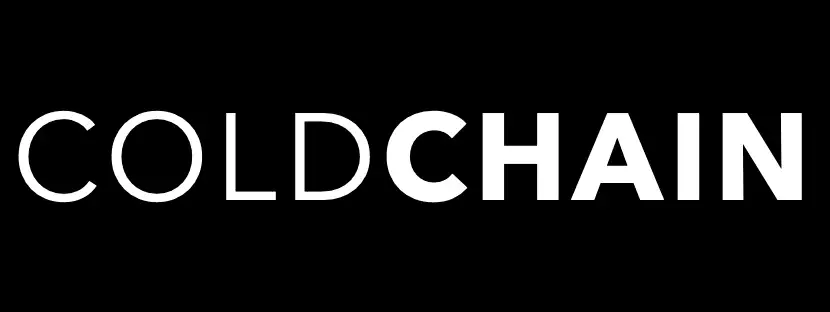Introduction:
As the world embraces the transformative potential of blockchain technology, it is essential to grasp the fundamental concepts that underpin its functionality. One such concept is “blockspace.” In this article, we will delve into the intricacies of blockspace and its significance within the realm of blockchain.
What is Blockspace in Crypto?
Blockspace refers to the limited capacity available within a blockchain network to store transactions and data. In blockchain, information is organised into blocks, which are linked together to form an immutable chain. Each block has a finite size, typically measured in bytes, and can accommodate a fixed number of transactions.
In a decentralised blockchain network, such as Bitcoin or Ethereum, multiple participants (nodes) compete to add new blocks to the chain through a process known as mining. The miners validate and bundle transactions into blocks, solving complex mathematical puzzles to secure the network and earn rewards. However, due to the limited block size, there is a scarcity of available space, giving rise to the concept of blockspace.
Why is Blockspace Important?
The scarcity of blockspace is a critical factor that directly impacts the speed, efficiency, and cost of blockchain transactions. As the number of transactions increases, the available blockspace becomes a valuable resource that needs to be efficiently managed.
Blockspace plays a pivotal role in determining the transaction fees associated with a blockchain network. When the demand for blockspace exceeds the available capacity, users are required to compete by offering higher fees to incentivise miners to prioritise their transactions. Consequently, limited blockspace can lead to increased transaction costs, especially during periods of high network congestion.
Furthermore, blockspace availability affects the scalability of blockchain networks. As the size of the blockchain increases over time, the requirements for storage and processing power also grow. Blockchain scalability solutions, such as layer-two protocols (e.g., Lightning Network) or sharding, aim to alleviate blockspace constraints by enabling off-chain transactions or partitioning the network’s load.
Managing Blockspace:
Blockchain developers and network participants employ various strategies to optimise blockspace utilisation and enhance transaction throughput. Some of the common approaches include:
- Transaction batching: Grouping multiple transactions into a single block to reduce the number of blockspace-consuming operations.
- Segregated Witness (SegWit): A protocol upgrade that separates transaction signatures from the transaction data, reducing the space they occupy and increasing block capacity.
- Transaction fee optimization: Adjusting the transaction fee based on the prevailing network conditions to ensure timely inclusion in blocks.
- Layer-two scaling solutions: Implementing secondary protocols or off-chain networks to process transactions outside the main blockchain, alleviating congestion on the primary network.
In conclusion:
Blockspace is a fundamental concept within the blockchain ecosystem that refers to the limited capacity available to store transactions and data in each block. It directly influences the speed, efficiency, and cost of blockchain transactions. As blockchain technology continues to evolve, optimising blockspace utilisation and implementing innovative scalability solutions will be crucial for achieving widespread adoption and scalability. Understanding and managing blockspace constraints will play a pivotal role in shaping the future of blockchain-based applications and networks.

![Top Web3 PR Agencies in 2024 [Our Top Picks]](https://coldchain.agency/wp-content/uploads/2024/07/PR-7-600x338.png.webp)

